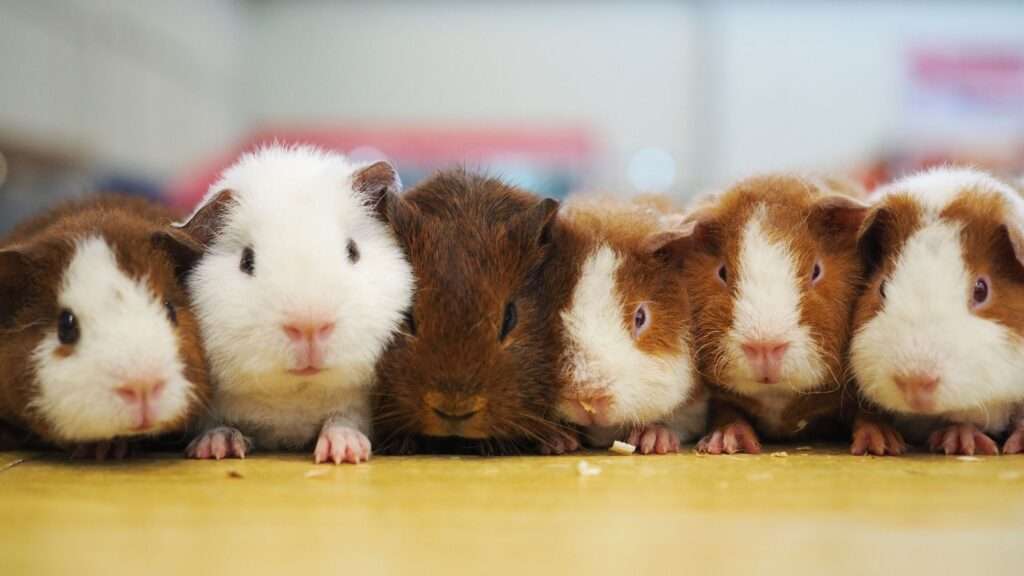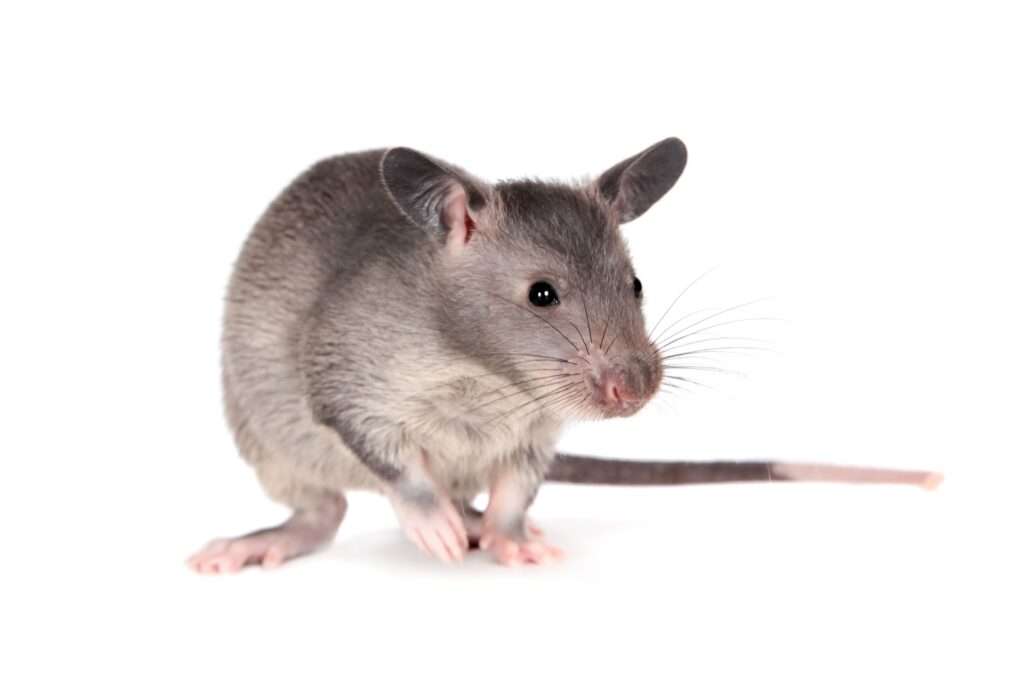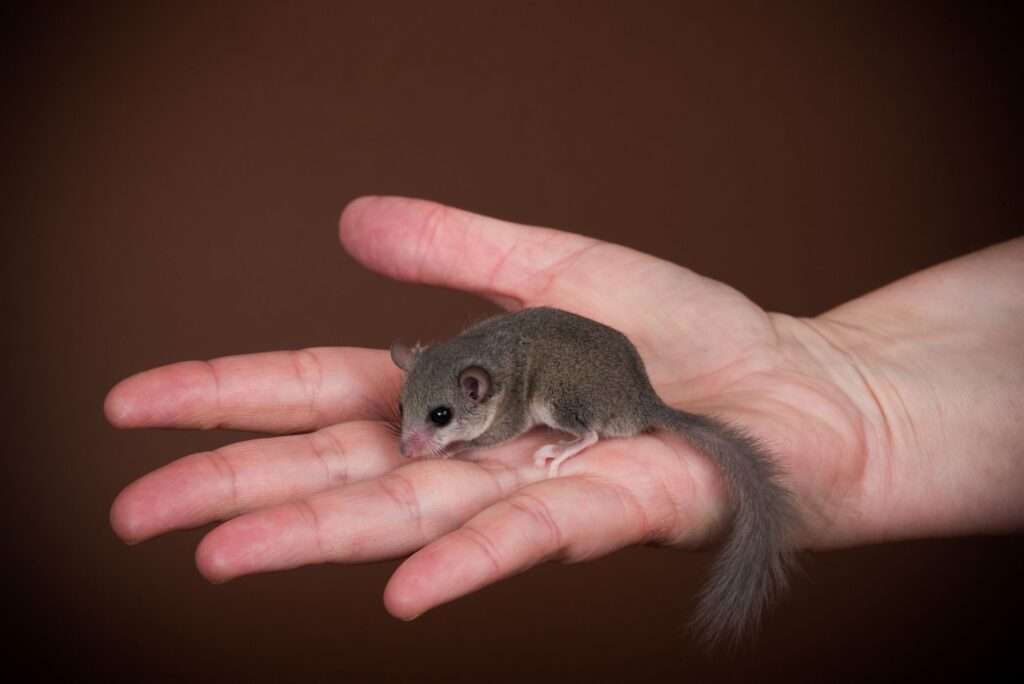
Behavior and Temperament
Teddy guinea pigs typically occupy their days with play, food, and rest. They occasionally roam around at night but are most active during the day. Because they are sociable creatures, guinea pigs should ideally be kept in couples or small groups. The best course of action is to keep females together since occasionally, males will fight. To prevent stress and damage, keep your guinea pigs separate from other domestic pets. In general, guinea pigs like interacting with people, especially if they are handled from an early age.
Care as a Pet/ In Captivity

Housing
Guinea pigs should, in general, have the biggest cage you can fit them in and afford. Unless you’re able to let your guinea pig out of its cage and carefully watch it for the majority of the day, this will be their main location for exercise.
A guinea pig cage needs to be at least 30 by 36 inches in size. You’ll need one that’s at least 30 by 50 inches for two guinea pigs. Since they don’t usually climb, a height of around 18 inches should be acceptable. Because they allow for optimum air flow, cages with a plastic base and wire sides and top are suitable. Just be cautious not to use wire flooring, which can hurt guinea pigs’ feet.
Eat and Drink
Teddy guinea pigs only consume plants as food. Every day, give out as much Timothy hay as possible. This promotes healthy digestion and helps to wear down their teeth as they continue to erupt. In the enclosure, you may either use a hayrack—a specialized feeder—or just spread the hay anywhere accessible.
Then, feed a guinea pig diet made of commercial pellets. Since guinea pigs are unable to synthesize vitamin C on their own, make sure the pellets are enriched with it. 2 For feeding instructions, refer to the product label and check with your veterinarian. A tiny ceramic bowl should be filled in the morning with a day’s supply of pellets, and any leftover food should be thrown away the following morning before the next feeding.
Exercise
Teddy guinea pigs need to exercise every day to help prevent obesity and other health problems. Allow your guinea pig to spend at least a couple hours each day exploring in a safe space outside of its enclosure. Always watch it outside the enclosure and keep cords and other potentially dangerous items out of its reach.
Additionally, positioning the guinea pig’s food and sleeping place on separate sides of its housing can be useful in preventing laziness. That way, each time it wants a bite to eat, it has to get up and move about. Cages with many levels that may be accessed through ramps with solid floors are useful for encouraging physical activity.
Purchasing/Pricing
Teddy guinea pigs are less frequent in pet stores than other varieties. However, a reliable breeder ought to be able to help you locate them. In particular, rescue organizations that specialize in guinea pigs may occasionally have them. Depending on your age and other considerations, you should budget $15 to $40.
Reasons to Keep a Teddy Bear A pet guinea pig
Teddy guinea pigs can be charming, sociable, amusing, and cuddly pets. They don’t take up much room, and they are also relatively quiet. It is ideal to have more than one because they are social creatures, which increases the care and expense for them. They also require a veterinarian who specializes in them because they are prone to a number of health problems.
Table





